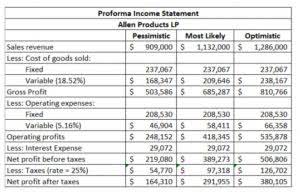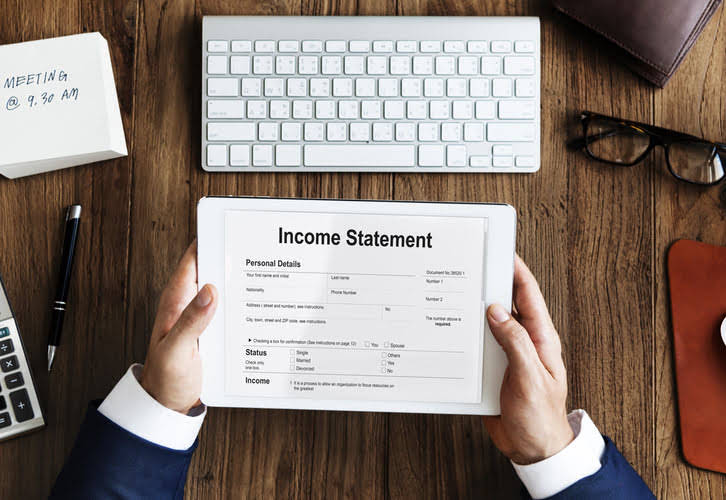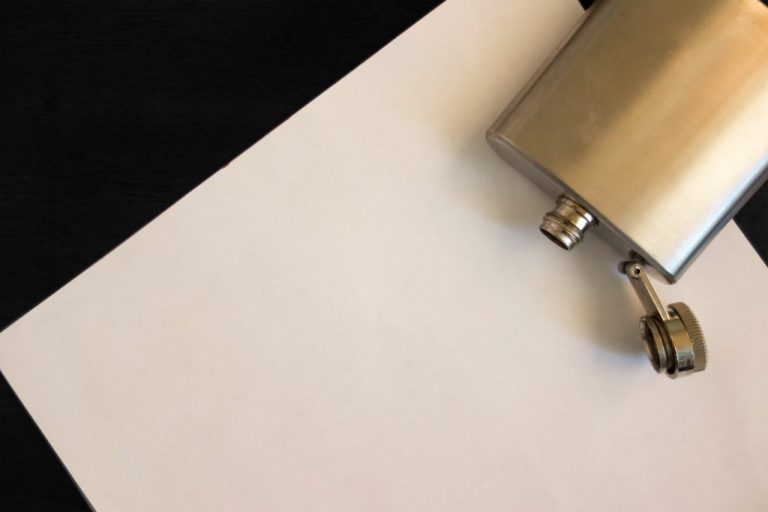Cash Over Journal Entry

Establishing policies and procedures for cash management is crucial for any business that handles cash, especially retail stores. Having clear guidelines for handling cash can help prevent discrepancies how to find cash over and short and ensure that all transactions are properly recorded. It also helps to establish accountability and reduce the risk of theft or fraud. Addressing cash shortages is an important part of managing your retail store’s finances.
Educating Employees on Over and Short Prevention
It appears at the top because it is a company’s most liquid, or easily sellable, asset. It creates or uploads bulk cash transactions, eg-AP, AR, payroll, tax, etc. An automated cash forecasting solution offers scenario analysis software that helps create and tweak what-if scenarios over base forecasts and compare multiple scenarios with one another. They will have to borrow $50 million and use $50 million of their cash to do this.
- It involves tracking the cash flow and ensuring that it matches the expected amounts at the end of each day or shift.
- At the same time, it also represents the cash outflow from the company as a result of petty cash expenses during the period.
- Cash Over and Short account is also used for Petty Cash overages and shortages.
- Understanding the common causes of cash discrepancies can help retailers minimize the risk of financial losses.
- Miscounting cash during daily reconciliation or data entry errors into a point-of-sale (POS) system can also lead to a cash short or over.
- For example, a company has 24 total accounts spread across BofA, Citi, HSBC, and JP Morgan, with ~12,000 daily transactions.
- In this section, we will discuss the process of identifying the root causes of over and short in your business.
Management Strategies
- Lastly, reconciliation refers to the process of comparing two sets of financial records from different sources to ensure their accuracy and consistency.
- The cash overage journal entry is one of many bookkeeping entries used in accounting, discover another at the links below.
- Sales funnel optimization is a critical process for businesses looking to maximize their conversion…
- Investors front the money and in return get a fixed rate of interest until the loan is eventually paid back.
Furthermore, overages and shortages can also damage a business’s reputation and erode customer trust. Thus, this account serves primarily as a detective control—an accounting term for a type of internal control … A cash shortage is recorded by debiting the Cash Short and Over Account while a cash overage is recorded by crediting the Cash Short and Over account. The account Cash Short and Over is an income statement account (within a company’s general ledger) in which shortages or overages of cash are recorded.

What are cash register discrepancies?
There are many different opinions on the best way to handle cash, but there are a few key things that everyone agrees on. These include having a clear process in place, training employees effectively, and using technology to track cash movement. By implementing effective cash handling procedures, businesses can reduce the risk of errors and theft, and increase profitability. By implementing the strategies we have discussed, businesses can minimize over and short in cash handling and improve their contribution margin overall cash management process.


In that case, they can use the records to identify the problem areas and make decisions to improve their financial performance. This highlights the importance of accurate record-keeping and the role it plays in the success of a business. Accounts receivable is money owed to a business for goods or services it has delivered.

Banking and Financial Institutions
- In addition to large amounts, be on the lookout for patterns of of loss, often small amounts, over an extended period of time.
- Theft methods range from pocketing cash from the till, under-ringing sales and pocketing the difference, or giving excess change to a partner.
- For instance, if a cashier at a retail store rings up an item for $95 but receives $96 from the customer, the reporting system will display a sales figure of $95 and cash receipts totaling $96.
- Fraudulent activities can involve counterfeit or fake bills, or employees manipulating the cash records to cover up theft.
- Keep reading for our short guide to the net cash flow definition and net cash flow formula.
Capital assets can include cash, cash equivalents, and marketable securities as well as manufacturing equipment, production facilities, and storage facilities. It is difficult to manage money perfectly when you are receiving cash or providing change to customers. Cash discrepancies are a common issue in retail stores, and they can happen for many reasons. From misplaced funds to incorrect cash handling procedures and even theft, these discrepancies can cause major problems for businesses. Understanding the common causes of cash discrepancies can help retailers minimize the risk of financial losses. In this section, we will explore some of the most common causes of cash discrepancies https://www.bookstime.com/ and provide tips on how to prevent them.



